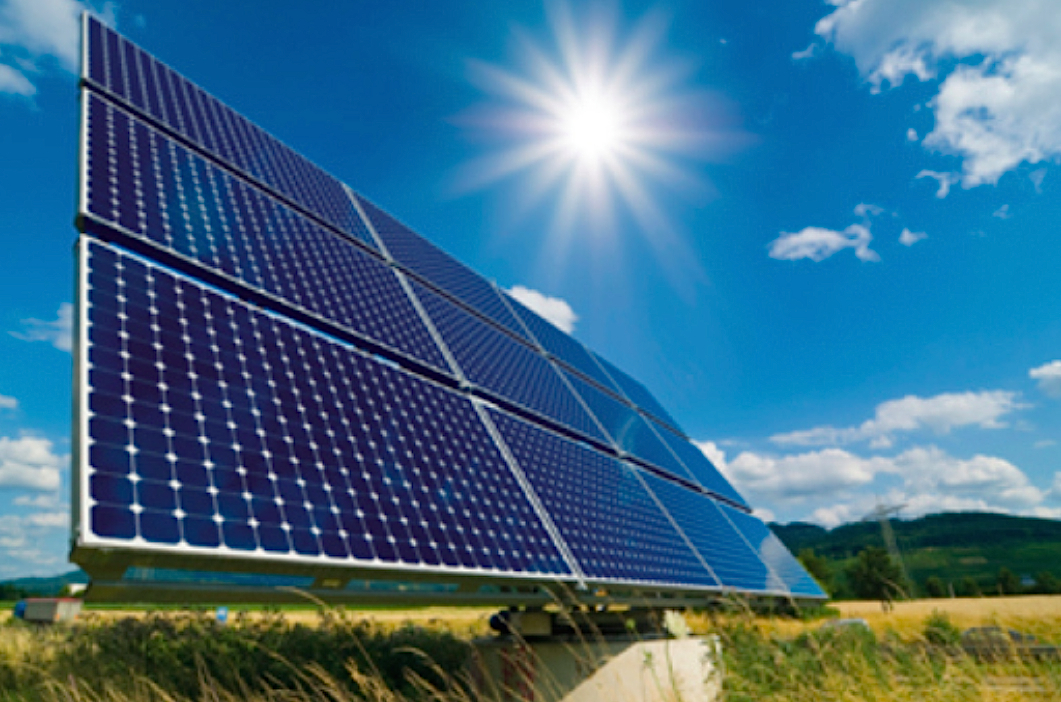Good news for solar PV owners and interested others from the experts at Massachusetts Institute of Technology this month! The MIT Energy Initiative just published a huge interdisciplinary report called The Future of Solar Energy that confirms that our investments in the wafer-based crystalline silicon (c-SI) photovoltaic panels of today will still be paying dividends 35 years from now.
“Recent years have seen rapid growth in installed solar generating capacity, great improvements in technology, price, and performance, and the development of creative business models that have spurred investment in residential solar systems,” MITEI says. At the end of last year, solar PV systems accounted for over 90% of the nation’s installed solar capacity. Utility-scale plants make up about half of this capacity, and the other half is spread between residential, community, and commercial installations.
MITEI also tells us that since the technology is now mature and the large-scale manufacturing capacity is in place, c-Si solar PV will likely remain the leading form of solar energy for the next few decades.
We usually think of installed solar PV costs in two parts: the price of the module itself and the balance-of-system (financing, inverters, hardware, design and installation, marketing, and regulatory costs). The experts expect more savings to come in future from lower BOS costs than from technological improvements.
The study also talks about these advantages of solar PV technology:
“PV systems… can be installed at many scales—from utility plants with capacity in excess of 1 MW to residential rooftop installations with capacities under 10 kilowatts—and their output responds rapidly to changes in solar radiation. In addition, PV can use all incidental solar radiation” and is thus less sensitive than concentrating solar to clouds, haze, and dust scatter.
The MIT researchers have several further thoughts about national solar policy that homeowners should be aware of. First, although they expect that new breakthroughs will continue to lower the cost of solar panels, but at a slower pace, they think a “smart grid” should be worked out that can incorporate solar energy available from rooftop solar systems, community solar, and utility-scale solar projects. Second, they believe that further work on electricity storage (batteries) will lower costs dramatically once again. And finally, MIT says that subsidies for solar would be much more effective per taxpayer dollar spent if they rewarded solar generation, not upfront investment.
Residential and community solar make sense! Explore the possibilities!
Leave a Reply
Solar Savings Calculator
Get the facts. Find out exactly how much solar will save you, including which Tax and Financial programs you qualify for!








